Nursing has changed a lot in the last 200 years, but a few things have not changed…
devotion to patient care,
compassion,
dedication,
knowledge,
hard work,
and empathy… just to name a few.
From patient wards and operating rooms to ambulances and battle fields, nurses have been the backbone of the healthcare system for over a century. As a daughter of a nurse, I must admit that I might be a little biased on the subject, but I am confident that everyone would agree that nurses have made a profound impact on the health and success of our society.
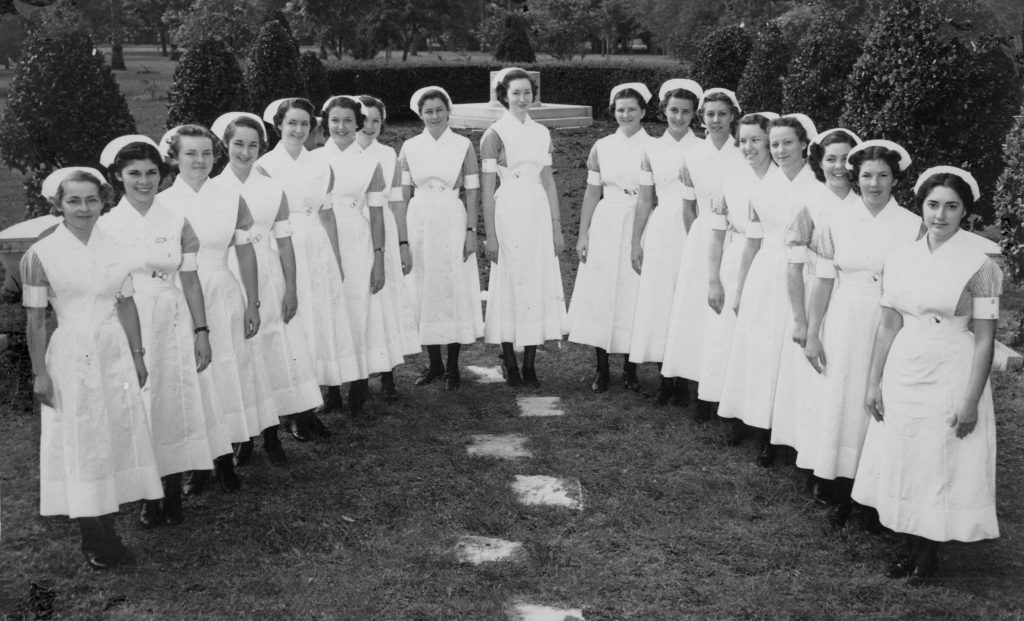
For hundreds of years, most sick care was conducted in the home with the responsibility falling on family members, friends, and neighbors “with knowledge of healing practices.” By the beginning of the nineteenth century, urbanization and industrialization led way to hospitals becoming more numerous and the demand for caregivers to provide thoughtful, diligent care for those in them. Nursing care in these early institutions varied greatly. In hospitals that were “operated by religious nursing orders, patients received high quality care” while patients in other hospitals received care “ranging from good … to haphazard and poor in others.” [1]
Early American Nursing Programs
The year 1873 was a watershed year for American nursing. In that year, three schools of nursing opened. These schools were the first formal training schools in the United States, implementing the “Nightingale model” where teaching centered “around principles of proper sanitation, and emphasize technical skill and strict discipline for students.” Nightingale schools famously sought applicants who were “well-educated refined gentlewomen of excellent morals and chastity.” The emphasis here is place on “women” as Nightingale believed that women were “innately better suited to provide nursing case” than men. [2]
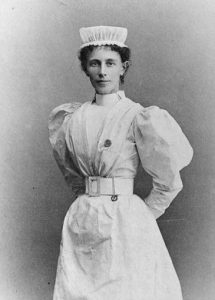
Challenges
Nursing presented a lot of challenges, including low pay, long hours, and difficult working conditions. Women of color and men had a particularly difficult time entering the nursing field. Most schools refused to admit male students[4] while African American women were required to train in separate nursing programs. After the Civil War, African American women experienced “rampant racism and sexism, still finding themselves relegated to domestic work or other menial jobs with low wages, no status, and minimal respect.” As Michelle Hehman explains:
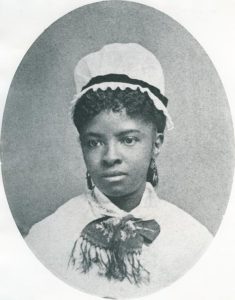
“In the immediate post-Civil War era, African Americans experiences significant health disparities, suffering higher morbidity and mortality, increased rates of communicable diseases, and greater maternal and infant mortality. Poor overall health for Black Americans, combined with wide-spread segregation in many hospitals across the nation and restricted access to medical and nursing schools for students of color, provided the impetus behind the establishment of Black hospitals, medical colleges, and training schools … It should be noted the while the establishment of Black hospitals and schools increased access to care and opportunities for education, continued segregation and racial discrimination had profound consequences for all Black Americans.”[5]
Complexity of Patient Care
By 1920, approximately 23,000 American nurses had served in the military, filling a critical demand for essential patient care. Of course, nurses serving in the military is not a new concept. During the Civil War, a combined total of 20,000 female and male nurses served in the North and South. Years later, 78,000 American nurses would serve during WWII. The lessons that nurses learned in the field gave way to nurses providing more specialized care in “different field of health care,” such as nurse anesthetists and nurse-midwives.[1]
The complexity of patient care has only increased with time, technology, and new medical knowledge. The 1940s and 1950s saw the first blood bank established, penicillin produced for medical use, the first open-heart surgery performed, the structure of DNA identified, the polio vaccine distributed, the first mobile army surgical hospital (MASH) units established, and the World Health (WHO) organization established.[6]
Eventually, training schools moved out of hospitals and into colleges and universities. By 1960, “172 college-based nursing education programs awarded Bachelors of Science in Nursing degrees,” where intense scientific and medical instruction was required. These nurses were “better prepared to care for the complex needs of late-twentieth-century patients and would be able to take on more advanced roles in the delivery of health care.”[1]
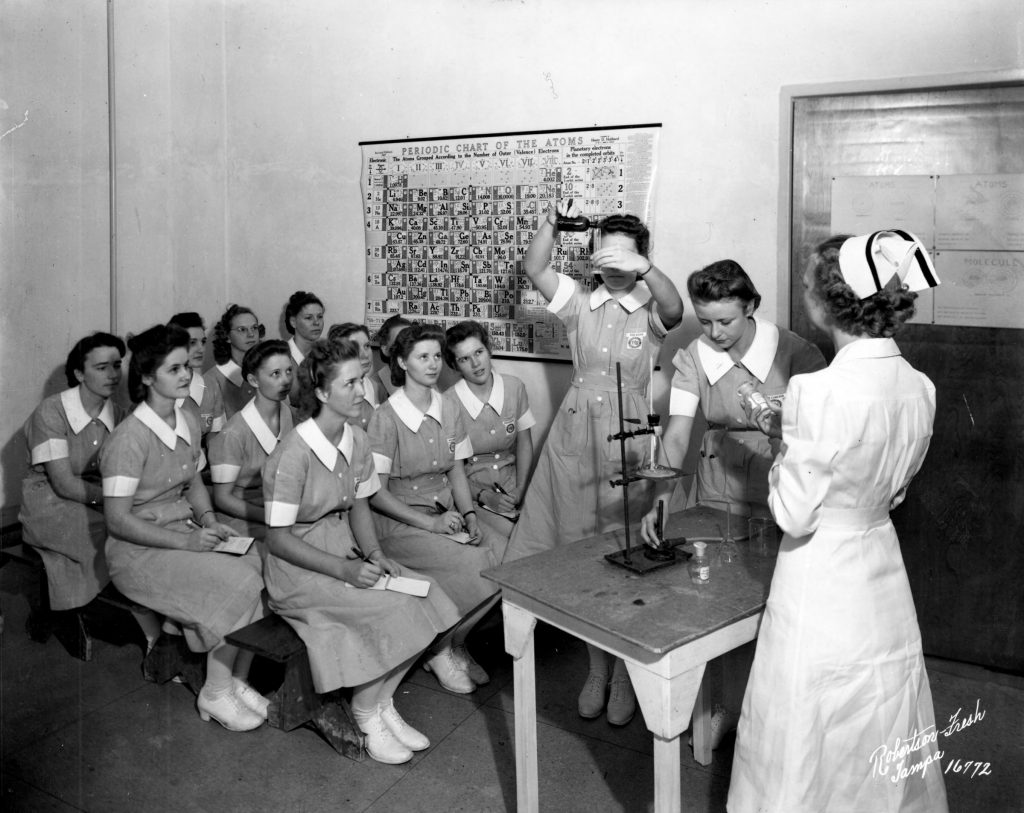
The image of nurses today reflects their knowledge, experience, compassion, and dedication to patient care. Twenty-first century nurses are highly skilled and highly educated individuals, who provide an invaluable service to society.
As we celebrate Nurses Week, take a look back at the nurses of the past with the Gordon Keller School of Nursing Collection from our Digital Collections. Established in 1910, the nursing program trained countless nursing students until it ceased operation in 1972. The collection consists of photographs, newsletters, slides, and scrapbooks from 1940-1969, now housed in the USF Libraries Special Collections.
Unearth local nursing history by viewing:
- The Gordon Keller School of Nursing Collection
- A selection of digitized items from the Robertson and Fresh Collection of Tampa Photographs
Begin your exploration by viewing the images in the gallery below:
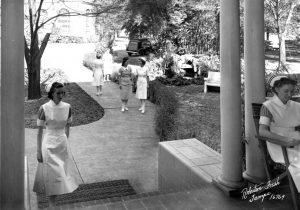
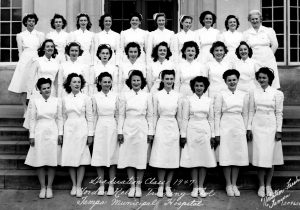
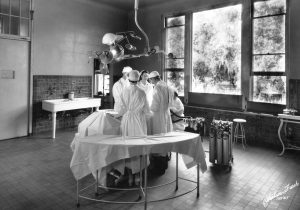
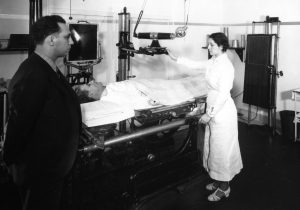
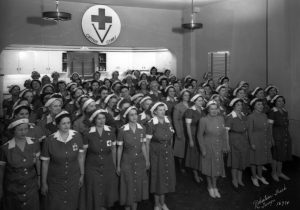
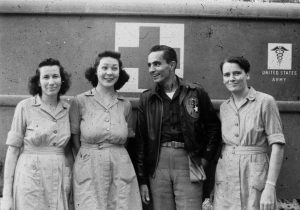
REFERENCES
[1] The factual information and quotations in this paragraph were found in: American Nursing: An Introduction to the Past. (2020). University of Pennsylvania School of Nursing. https://www.nursing.upenn.edu/nhhc/american-nursing-an-introduction-to-the-past/.
[2] Hehman, Michelle C. (2018). The Rise of a Profession: An Art and a Science, 1873 – 1901. In A. W. Keeling, M. C. Hehman, & J. C. Kirchgessner (Eds.), History of Professional Nursing in the United States: Toward a Culture of Health (pp. 48-49). Springer Publishing Company.
[3] The factual information and quotations in this paragraph were found in: Hehman, Michelle C. (2018). The Rise of a Profession: An Art and a Science, 1873 – 1901. In A. W. Keeling, M. C. Hehman, & J. C. Kirchgessner (Eds.), History of Professional Nursing in the United States: Toward a Culture of Health (pp. 54-58). Springer Publishing Company.
[4] American Nursing: An Introduction to the Past. (2020). University of Pennsylvania School of Nursing. https://www.nursing.upenn.edu/nhhc/american-nursing-an-introduction-to-the-past/.
[5] The factual information and quotations in this paragraph were found in: Hehman, Michelle C. (2018). The Rise of a Profession: An Art and a Science, 1873 – 1901. In A. W. Keeling, M. C. Hehman, & J. C. Kirchgessner (Eds.), History of Professional Nursing in the United States: Toward a Culture of Health (pp. 45-72, block quote from p. 59-60). Springer Publishing Company.
[6] Judd, D. M. (2010). Nursing in the United States from the 1940s to the Early 1960s. In D. M. Judd, K. Sitzman, & G. M. Davis (Eds.), A History of American Nursing: Trends and Eras (120-121). Jones and Bartlett Publishers.
NOTES
[7] Portrait of Miss Georgina Pope in her nursing uniform, circa 1898. Source: Library and Archives Canada, Author: A.G. Pittaway. This image is in the Public Domain in the United States: https://commons.wikimedia.org/wiki/File:Georgina_Pope.jpg.
[8] Mary Eliza Mahoney (April 16, 1845 – January 4, 1926), the first African American to study and work as a professionally trained nurse in the United States, circa late 1800s. This image is in the Public Domain in the United States: https://commons.wikimedia.org/wiki/File:Mary_Eliza_Mahoney.jpg.